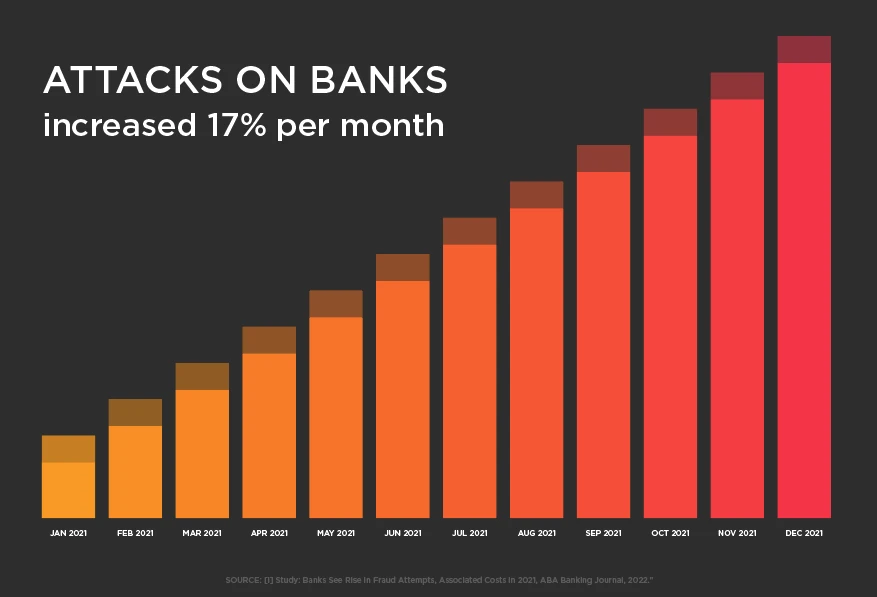
TIBCO creates a fraud detection breakthrough on Azure
When it comes to preventing fraud, banks and other financial institutions have their work cut out for them. Not only is financial fraud on the rise, but it’s also getting harder and more expensive to stop as the payments industry continues to diversify by embracing real-time transactions.1
According to reporting in the ABA Banking Journal, attacks on banks increased 17% per month between 2020 and 2021.2 In the same time frame, costs rose from $3.64 per dollar lost to $4.00. Labor and investigative costs make up a substantial portion of these losses. With yearly fraud losses in the hundreds of billions and rising worldwide, these per-dollar costs can cut profit margins significantly.

This is because most financial institutions still rely on highly trained analysts to spot fraud. With more real-time transaction processing just on the horizon, it will become impossible for these analysts to keep up. While there are automated fraud solutions on the market, few if any can deliver the instantaneous detection, remediation, and accuracy that financial institutions need.
Intelligent fraud detection with AI
To meet these challenges head-on, TIBCO, a leader in business intelligence, has developed its Connected Intelligence Platform, which runs on Microsoft Azure. To spot fraud, Connected Intelligence combines advanced analytics and AI with pre-configured components to analyze virtually any Azure data source.
The solution uses AI to augment, rather than replace, human decision making. From the massive amounts of data flowing through the financial system every day, it focuses the work of analysts on those transactions most likely to be fraudulent. This helps lower costs, improve risk management practices, and create happier customers.
How Connected Intelligence works
Connected Intelligence processes more data, faster, using cloud-native technologies including Azure Event Hub and Azure IoT Hub for real-time streaming analytics and event processing. It then applies AI capabilities such as natural language processing to turn raw data into actionable intelligence.
Instead of relying solely on a rules-based engine, the platform also analyzes data using both supervised and unsupervised machine learning models to produce a fraud probability score. This score is combined with a second score that shows how far the transaction deviates from the norm. Together, these two scores increase the accuracy of fraud predictions.
To uncover relationships between individuals, accounts, and transactions, fraud analysts use advanced visual analytics dashboards, interactive visualizations, dynamic filtering, and keyword mining.

Using these tools helps analysts quickly uncover wider patterns of fraud that may indicate a crime ring at work. By including behavioral and social network data sets, Connected Intelligence can expose groups of people working together in ways that are difficult to detect. Without the help of AI, these connections would be nearly impossible to spot.
The AI models inside Connected Intelligence are highly flexible, enabling customers to use them for a wide range of use cases. For example, Connected Intelligence can be used to detect money laundering, monitor debit and credit card transactions, and uncover insurance fraud.
As a cloud-native solution, Connected Intelligence is quick to provision, scales automatically, and integrates with transaction technologies typically used by financial institutions.
Modernize your fraud detection on Azure
With the financial crime growing every year, so are its costs. Financial institutions, payment card processors, and banks should not have to lose billions of dollars every year to out-of-date methods and solutions when the technology they need is here today.
Learn more about how your institution can reduce fraud with anomaly detection technology on Microsoft Azure.
[1] Card industry faces $400B in fraud losses over next decade, Nilson says, Payments Dive, 2021.
[2] Study: Banks See Rise in Fraud Attempts, Associated Costs in 2021, ABA Banking Journal, 2022.




